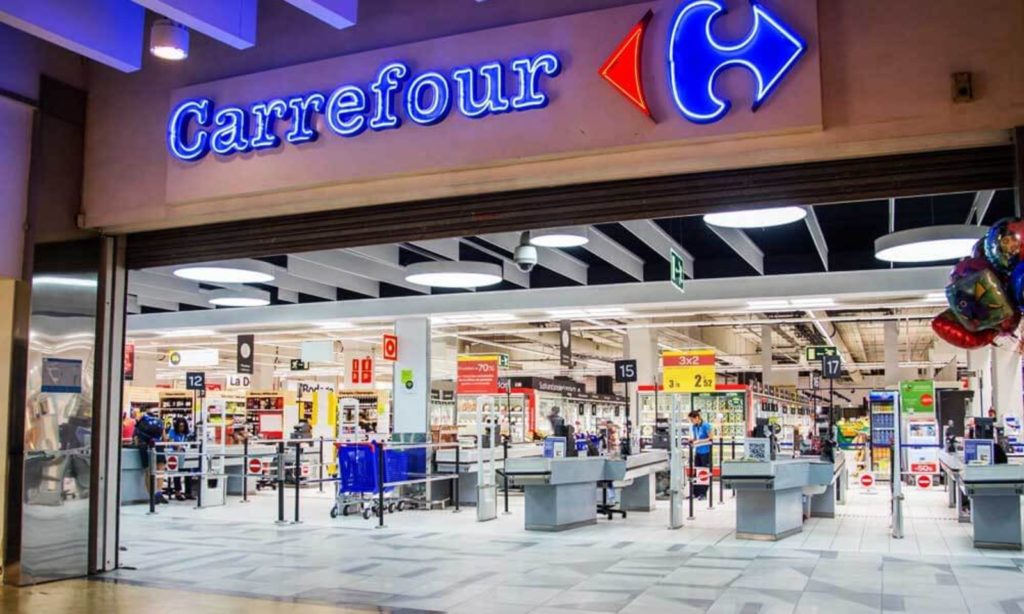By Julia Pilkes, Director of Demand Generation and eCommerce at Momentive
The pandemic caused a huge surge in demand for online grocery shopping with a quarter of consumers buying food online at least once a week since lockdown. As a result, more and more emerging delivery businesses are tapping into this heightened demand. While undeniably the pandemic has escalated instantaneous food deliveries due to lockdown and consumers experiencing hesitancy to go to the stores – many of these businesses were around before the outbreak of Covid-19.
Retailers, however, have struggled to cope with this demand and maintaining a seamless customer experience was initially a significant shift that presented difficulties for many grocers that didn’t have the right infrastructure in place to support their delivery and supply chain at the scale required. This article will take a look at the key learnings experienced by retailers and grocers alike during the pandemic and explore the ways in which future success rests on leveraging customer data to adapt business strategies effectively.
CX became more important than ever
If there is anything retail brands have learned from 2020, it’s that investing in the customer experience (CX) and digital transformation have been key to pivoting business models at a time of crisis. Rapid digital growth for many businesses has meant that while digital used to be a proportion of the business, it has — for many — become the whole business and has saved many from going under. However, moving too quickly can also have its pitfalls and slow down a transformation project. While the pandemic, on the one hand, accelerated digital transformation and forced grocers to move rapidly, some brands didn’t have time to consider the fundamentals. As a result, some brands are now struggling to know if they are offering the right things or if they can indeed optimise websites and other channels in different ways.
For instance, Carrefour, the French global leader in wholesale distribution, began using our CX solution GetFeedback to optimize the online user journey as its growing customer base moved more and more online. Now, a total of 50% of the team’s roadmap is dedicated to resolving customer frustrations on their digital channels. This is compared to 10-20% previously. With the right tools in place, Carrefour can more swiftly gather user insights and turn them into actionable next steps. This not only saves the user unwanted headaches, it saves the company time by knowing where to invest resources.
The impact of heightened consumer expectation
Having listened to a growing need for instant deliveries during lockdown, we’re seeing a rise in businesses offering rapid 10-minute deliveries such as Weezy, Gorillas and Dija. As these new businesses have taken consumers down a hyper-personalised path where consumer opinion is valued, the onus is on these businesses to deliver on their promises. Delivering on this experience also rests on brands being very deliberate in how they go about this and determining what is needed from both an infrastructure and technical perspective – and of course how this impacts the supply chain.
Ongoing success for these businesses will be those that utilise CX technology and solutions that allow them to manage the customer journey seamlessly as well as their assets such as drivers and vehicles for instance. Key to this will be leveraging customer experience data to identify bottlenecks and potential issues to achieve ongoing success. Especially when it comes down to issues such as incorrect delivery orders or out-of-stock items. The quicker such processes and bottlenecks are resolved in the customer experience journey, the more successful these brands will become.
Ongoing success rests upon leveraging data to adapt
While there are many obvious benefits to speedy online delivery such as “the convenience immediacy” i.e. the ease of selecting orders within an app and of course the exceptionally fast delivery times, there may also be cons in regards to other aspects of the customer experience. For instance, the process in which mistakes are mitigated and the speed at which these issues can be resolved. Not to mention the impact deliveries will have on the environment. Brand purpose and demonstrating genuine authenticity is becoming more and more important to consumers.
Many of the online grocery stores offer vegan and organic products. With this in mind, they need to leverage customer data to understand what types of consumers they are catering for and in turn adapt their business models in response to the sustainability-conscious consumer. This is where brand and industry trackers are transforming the ways that marketing and insights professionals work. What was previously a costly, slow-paced process now allows teams to quickly measure key metrics around brand perception or consumer preferences, so they can build well-informed strategies to drive overall company goals.
The pandemic has indeed transformed the ways that retailers and grocery stores are expected to handle online deliveries and has also accelerated new business models that promise 10-minute deliveries. However, ongoing success and the competitive advantage for such businesses and the retail sector will depend upon leveraging customer data, the flexibility of supply chains and having the right infrastructure in place to support adaptability.









